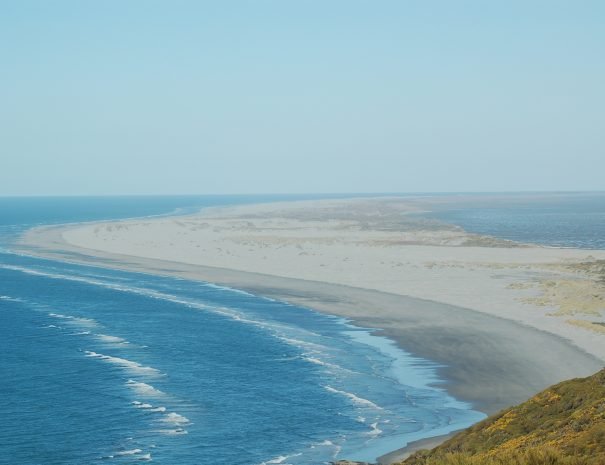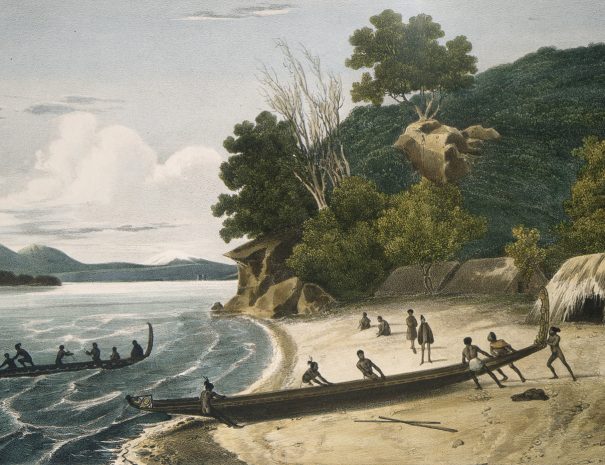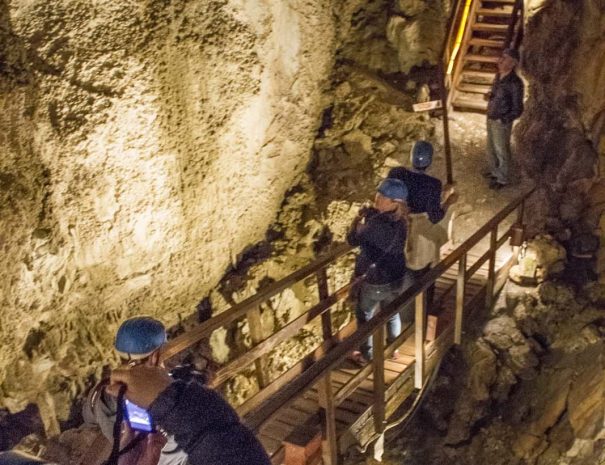Abel Tasman History
A Short History
Unfortunately there is limited knowledge of the early history and first settlement of the area before the initial European contact but we are always hopeful that this basket of knowledge will be added to, and that more of this important part of our region’s story can be known and shared.
This lack of information is partly because the early Māori residents in the area were displaced due to inter-tribal conflict and changes in where settlements were located.
However, carbon dating of artefacts that have been found suggests that people entered the area in the 9th century AD.
As a result of research and archaeological digs carried out in the area we do know that the area around what is now known as the Abel Tasman National Park was much sought after and quickly settled. There was an abundance of bird and sea life here and favourable gardening conditions for the growing of kūmara (sweet potato).
Abel Tasman’s version of his encounter with the people already settled in the area was that he sent some of the ship’s boats to gather water, but that one was attacked by local Māori in a waka (canoe) and four of Abel Tasman’s men were killed. Following this and a further attack, Abel Tasman sailed further north. He never set foot on New Zealand soil. It would be interesting to hear the Māori version of events as it must have been a very strange encounter for the local residents.
Despite Abel Tasman’s very short and unfavourable visit the area continues to carry his name. The top of the South Island as a whole is referred to as Te Tauihu.
In 1769, Captain James Cook became the first known European to land in New Zealand. He mapped the New Zealand coast but he missed visiting Mohua/Golden Bay entirely.
Between 1854 and 1857, about 26 European families lived along the Abel Tasman coastline. The key activities for these families were farming, timber milling, and ship-building. Many of the descendants of these families remain in the area.
By 1858, Nelson had 434 wooden buildings and 27 buildings made of brick or stone. The population was predominantly European, including a small settlement of Germans who were the first to introduce winemaking as well as specialising in growing fruit trees and hops.
Sources: www.tasman.govt.nz/tasman/iwi/maori-history & The Encyclopedia of New Zealand
This lack of information is partly because the early Māori residents in the area were displaced due to inter-tribal conflict and changes in where settlements were located.
However, carbon dating of artefacts that have been found suggests that people entered the area in the 9th century AD.
As a result of research and archaeological digs carried out in the area we do know that the area around what is now known as the Abel Tasman National Park was much sought after and quickly settled. There was an abundance of bird and sea life here and favourable gardening conditions for the growing of kūmara (sweet potato).
1642 – The First Europeans
Abel Janszoon Tasman, a Dutch seafarer, became the first known European to sight New Zealand when he arrived off the coast of Mohua (now known as Golden Bay by many) on December 13, 1642.Abel Tasman’s version of his encounter with the people already settled in the area was that he sent some of the ship’s boats to gather water, but that one was attacked by local Māori in a waka (canoe) and four of Abel Tasman’s men were killed. Following this and a further attack, Abel Tasman sailed further north. He never set foot on New Zealand soil. It would be interesting to hear the Māori version of events as it must have been a very strange encounter for the local residents.
Despite Abel Tasman’s very short and unfavourable visit the area continues to carry his name. The top of the South Island as a whole is referred to as Te Tauihu.
In 1769, Captain James Cook became the first known European to land in New Zealand. He mapped the New Zealand coast but he missed visiting Mohua/Golden Bay entirely.
The Early European Settlers
Whalers and sealers established seasonal camps in the area in the early 1800s. The first European residents were brought to Nelson by the New Zealand Company in October 1841. They explored Riwaka, Moutere and areas around the Motueka and Waimea rivers.Between 1854 and 1857, about 26 European families lived along the Abel Tasman coastline. The key activities for these families were farming, timber milling, and ship-building. Many of the descendants of these families remain in the area.
By 1858, Nelson had 434 wooden buildings and 27 buildings made of brick or stone. The population was predominantly European, including a small settlement of Germans who were the first to introduce winemaking as well as specialising in growing fruit trees and hops.
Sources: www.tasman.govt.nz/tasman/iwi/maori-history & The Encyclopedia of New Zealand
Today
Some 300 years after the arrival of Abel Tasman, the Abel Tasman National Park was officially opened in 1942. It is New Zealand’s smallest national park, but definitely one of its most enjoyable and interesting ones.
Covering an area of 237 sq km (59,000 acres), it is the smallest of New Zealand’s national parks. While continuing to be one of the most visited in New Zealand, due to its easy access and stunning scenery, it remains ‘relatively’ untouched by humans, especially in the winter months.
Covering an area of 237 sq km (59,000 acres), it is the smallest of New Zealand’s national parks. While continuing to be one of the most visited in New Zealand, due to its easy access and stunning scenery, it remains ‘relatively’ untouched by humans, especially in the winter months.
Free booking & information service
Let us take away any holiday hassle.
Use our local knowledge of the Abel Tasman National Park to help tailor and book your activities at no extra charge.
What’s more, if you book ahead, you don’t need to pay for any activity until you arrive.





